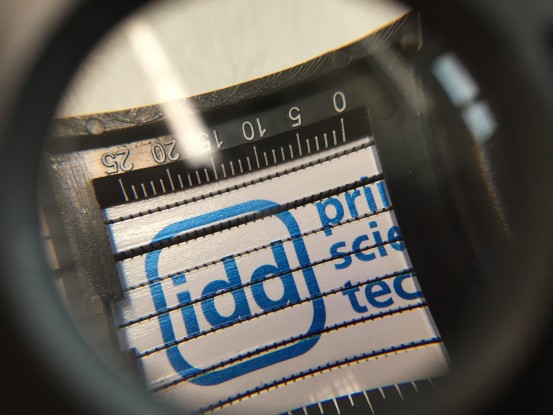HEAL-X Bioink – Self-healing, bio-inspired hydrogel platform for next generation 3D bioprinting
Due to their high water content and their structural similarity to the native extracellular matrix, hydrogels provide good environmental conditions for the three-dimensional culture of living cells. In 3D bioprinting, they are mixed with living cells to form a so-called bioink and printed in layers to create a predefined 3D structure. However, hydrogels have weaknesses that limit their successful use. Consequently, the aim of the current research is to develop novel material formulations that can overcome these challenges. In addition, the hydrogels used today almost exclusively exhibit static, quasi-covalent crosslinking behavior. The microporous monomer networks formed in the widely used polysaccharide-based materials (which themselves allow for dynamics, e.g. thermoreversibility) behave rigidly under 3D cell culture conditions. This rigidity is in contrast to the dynamic interaction and communication between peptides, cells and the extracellular matrix observed in natural organisms. A reversal of this paradigm is an essential milestone to realize bioinspired structures and interactive biomaterials that can communicate with biological entities in the future. With this in mind, the overall goal of the project is to explore a self-healing, bio-inspired hydrogel platform for next-generation 3D bioprinting (NG3B).


